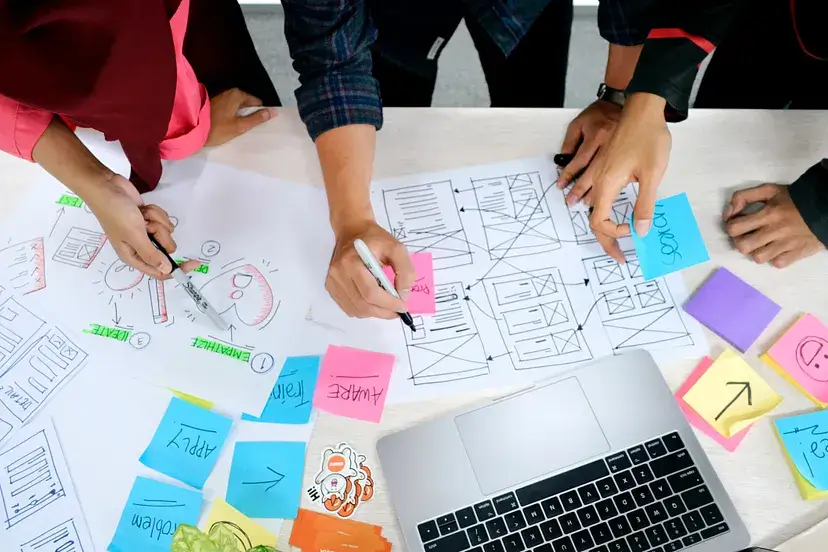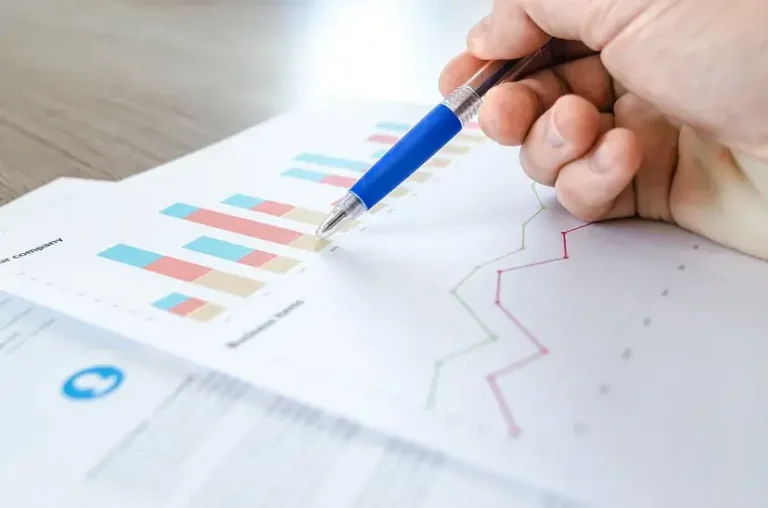Every new product, whether it’s an app or a physical object, follows a process to take an idea through a complete product. This process is called the product development life cycle.
This cycle involves many departments in the company: product managers, designers, developers, researchers, and others.
Stages in PDCL
There are five stages in product development life cycle: brainstorm, define, design, test, and launch. The names can be different somewhere but the process is same.
It’s important to do them in order as the success of each stage depends on the previous stage’s completion.
It doesn’t guarantee that completed stage will not be used again in the cycle. The stages in product development life cycle are endless, the team comes back to previous stage often after getting feedback from the users. This is known as iteration.
Let’s go through each stage in details:
Brainstorm
The first stage of product development life cycle is brainstorm stage. The stage at which team start thinking of an idea for the problem that you want to solve. Coming up with a list of user problems is a great way to start.
The brainstorm stage is great time to check out your product’s competitors and identify if there are already similar product available in the market. You want your product to fill a gap in the market and solve user problem.
Define
The second stage of the product development life cycle is define stage. At this stage, the team will summarize the findings from brainstorming stage and try to answer question like: Who is the product for? and, What will the product do?
As the product will solve a particular user problem, hence, the team will narrow down the focus of the idea and will work on a particular user problem.
At this stage, team will make user personas to define the ideal user of the product. Creates a problem statement to define the problems users are facing. And, create hypothesis statement to solve the particular user problem.
Design
The third stage of the product development life cycle is design. This is the stage when the problem gets life. At this stage, UX designers develops the ideas of the product. They start by making sketches known as wireframes, then move on to creating prototypes, which are low cost model of product that convey its functionality.
UX writes are also involved in this stage and do things like write button labels or other copy within the product wireframes and prototypes.
Test
The fourth stage of the product development life cycle is test. As the product’s prototype is ready this is tested to get feedback and improve the design.
There can be three stages of testing depends on the company you are working:
- Test the product internally – To look for technical glitches and usability problems.
- Test with stakeholders – To make sure the product is aligned with the company’s vision.
- External test with potential users – This test is the main test among all as the product will be used by the external users and the product need to solve their problem.
The product development life cycle isn’t a completely linear process. The team might be cycle between designing an testing a few times before you are ready to launch the product!
Launch
Finally, we have arrived at fifth and final stage of the product development life cycle: the launch stage, when the product is released into the world!
The product launch will help company gain several important insights, like:
- The level of market interest – is it higher or lower than the company’s research suggested
- The types of buyers and users signing up for the product.
- How real users react to the product.
At this stage, the marketing team likely been running a campaign to generate interest, the support team might get ready to help new users learn how the product works.
Improve the product
The launch stage might be the last stage for a physical product. But for a digital product like website or an app, the launching the product to the wider audience provides opportunity to improve the user experience.
The team will take the user data and repeat several of the stages above. Hence, the product development life cycle does not end once the product hits the market.
Conclusion
The product development life cycle is an endless process which a team uses to take an idea to a final product launch.


